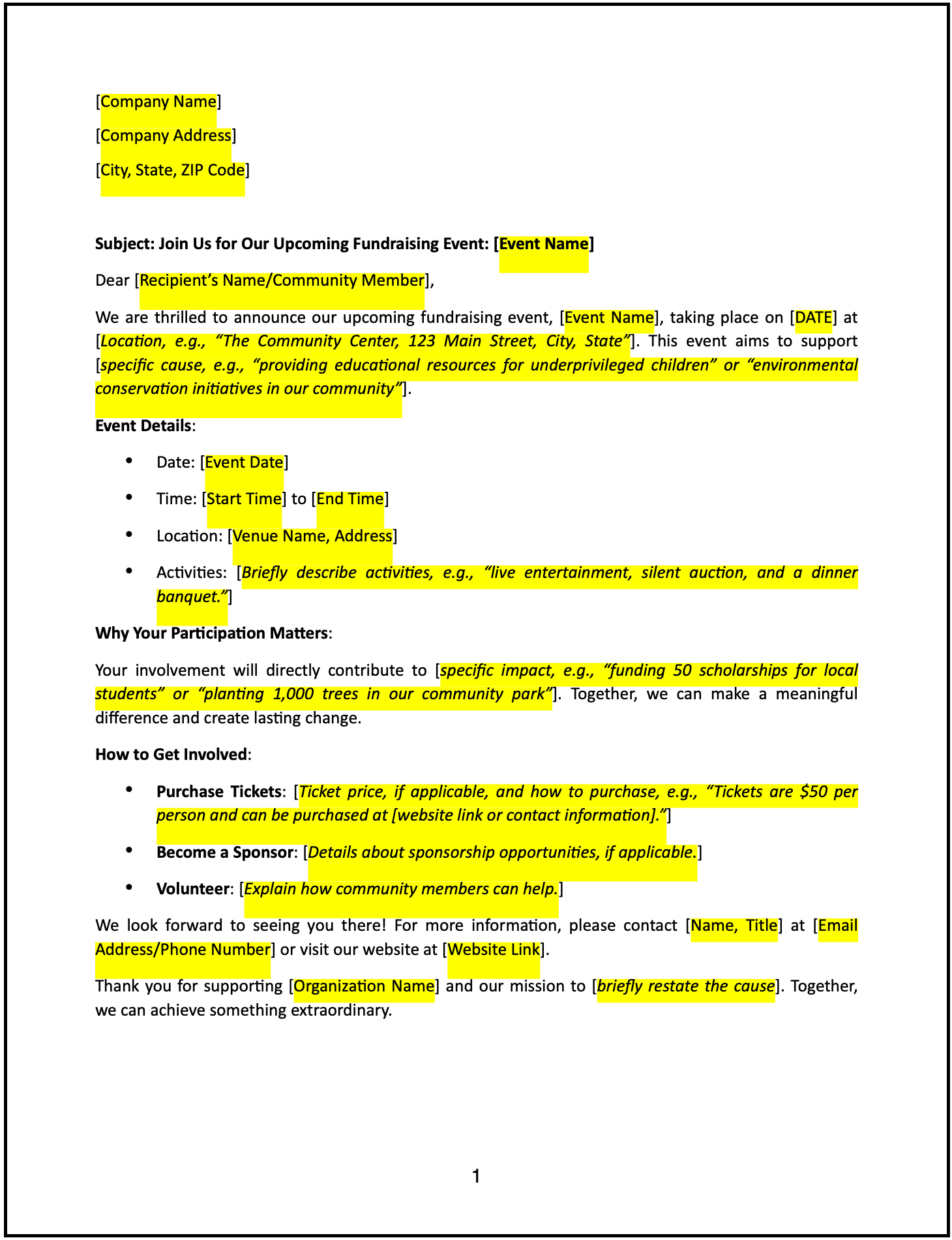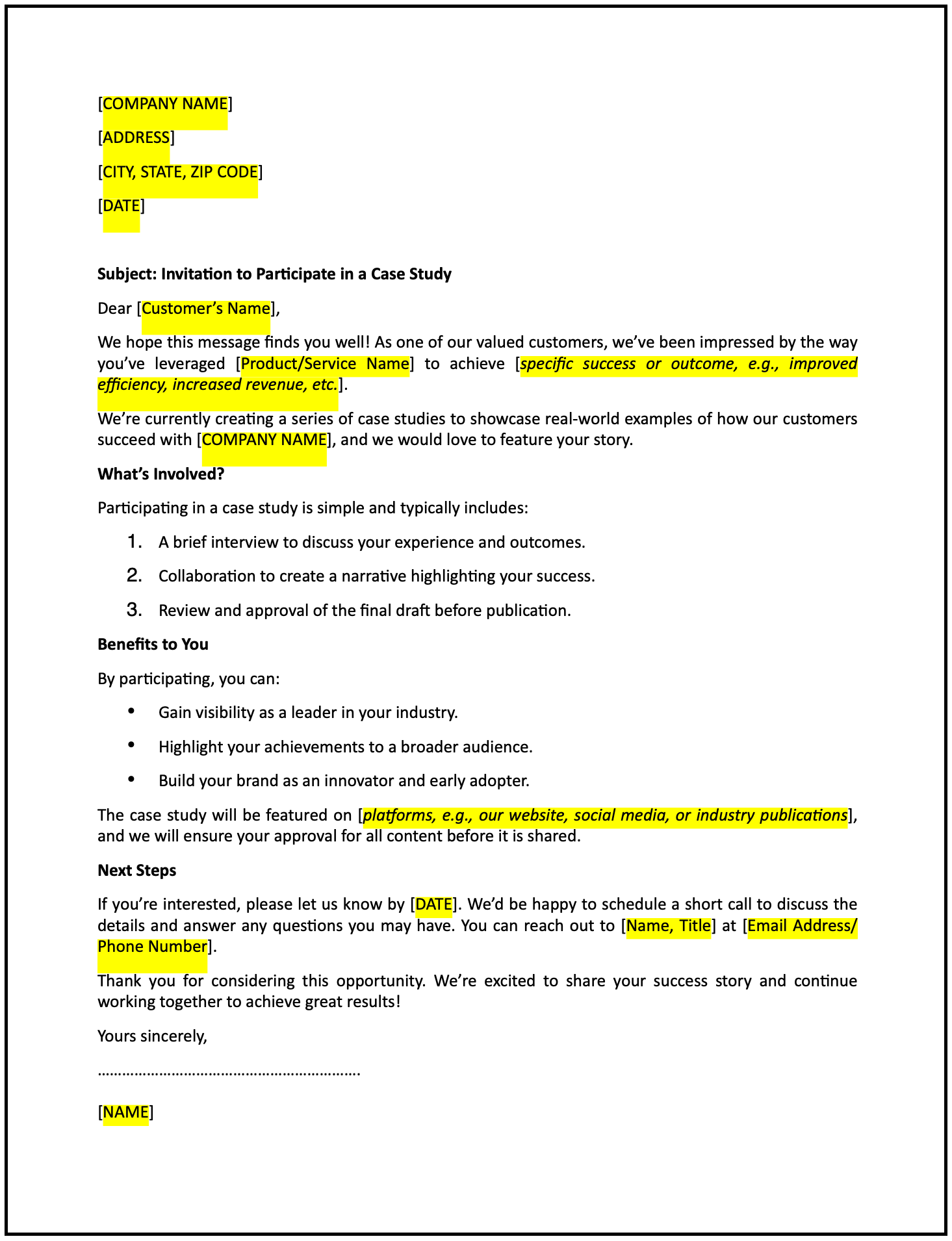Letter of delay in meeting compliance deadlines: Free template

Notice of delay in meeting compliance deadlines
Meeting compliance deadlines is a crucial aspect of regulatory adherence. However, delays can sometimes occur due to unforeseen circumstances. This letter provides a professional way to notify stakeholders, regulators, or clients about the delay, explain the reasons behind it, and outline the steps being taken to minimize the impact and meet the new deadlines.
How to use this notice of delay in meeting compliance deadlines
- Identify the delayed compliance deadline: Clearly specify the compliance deadline that is being delayed, including the regulation or standard it pertains to and the original due date.
- Customize the template: Replace placeholders with your organization’s details, the specific compliance issue, and the new proposed deadline. Be concise but thorough in explaining the situation.
- Explain the reason for the delay: Provide a factual and transparent explanation of why the compliance deadline will not be met. Focus on unforeseen challenges, mitigating circumstances, or other valid reasons.
- Outline the revised timeline: Include a clear plan for meeting the compliance requirement, specifying the new deadline, actions being taken, and any interim measures to minimize the impact of the delay.
- Maintain a professional tone: Keep the letter respectful, solution-focused, and free of unnecessary apologies or defensiveness.
- Submit promptly: Deliver the letter as soon as the delay is identified to ensure stakeholders are informed in advance.
Notice of delay in meeting compliance deadlines template
[INSERT]
Benefits of using a notice of delay in meeting compliance deadlines
This letter template provides a clear and effective way to communicate delays in compliance while maintaining professionalism and trust. Here’s how it helps:
- Maintain transparency: By proactively addressing the delay, this letter ensures stakeholders are informed and reassured about your commitment to resolving the issue.
- Minimize misunderstandings: Clearly explaining the reasons for the delay helps prevent speculation and maintains trust with regulators, clients, and partners.
- Provide a revised timeline: The template includes placeholders for outlining a clear plan to meet compliance requirements, reducing uncertainty.
- Demonstrate accountability: A formal letter shows your organization is taking responsibility for the delay and actively working to rectify it.
- Simplify communication: The structured format makes it easier to deliver consistent, professional updates to all relevant parties.
Tips for writing an effective notice of delay in meeting compliance deadlines
- Be transparent: Clearly explain the reason for the delay and the specific compliance deadline affected. Avoid vague or overly technical language.
- Focus on solutions: Outline a revised plan, including the new timeline and steps being taken to ensure the requirement is met.
- Use professional language: Maintain a respectful and factual tone, emphasizing your organization’s commitment to resolving the delay.
- Anticipate questions: Address potential concerns stakeholders might have, such as the impact of the delay or risks involved.
- Follow up: After sending the letter, remain available for further discussions and provide updates on progress toward meeting the revised deadline.
Frequently asked questions (FAQs)
Q: What types of compliance delays can this letter address?
A: This letter can be used for any compliance deadline, including regulatory submissions, certifications, audits, or internal policy deadlines.
Q: Should I include supporting documentation with this letter?
A: Yes, attaching relevant documents, such as updated timelines, progress reports, or reasons for the delay, can add clarity and context.
Q: Who should receive this letter?
A: This letter should be sent to stakeholders affected by the delay, such as regulators, clients, partners, or internal teams.
Q: How detailed should the revised timeline be?
A: Provide as much detail as necessary to demonstrate your commitment to resolving the delay, including specific steps, responsible teams, and interim measures.
Q: Do I need legal or compliance approval for this letter?
A: Consulting with legal or compliance experts is advisable to ensure the letter is accurate and adheres to any regulatory requirements.
Q: What tone should the letter use?
A: The tone should be professional, respectful, and solution-oriented, focusing on accountability and resolving the delay.
Q: How soon should this letter be sent?
A: Send the letter as soon as the delay is identified, allowing stakeholders sufficient time to adjust to the new timeline.
This article contains general legal information and does not contain legal advice. Cobrief is not a law firm or a substitute for an attorney or law firm. The law is complex and changes often. For legal advice, please ask a lawyer.


